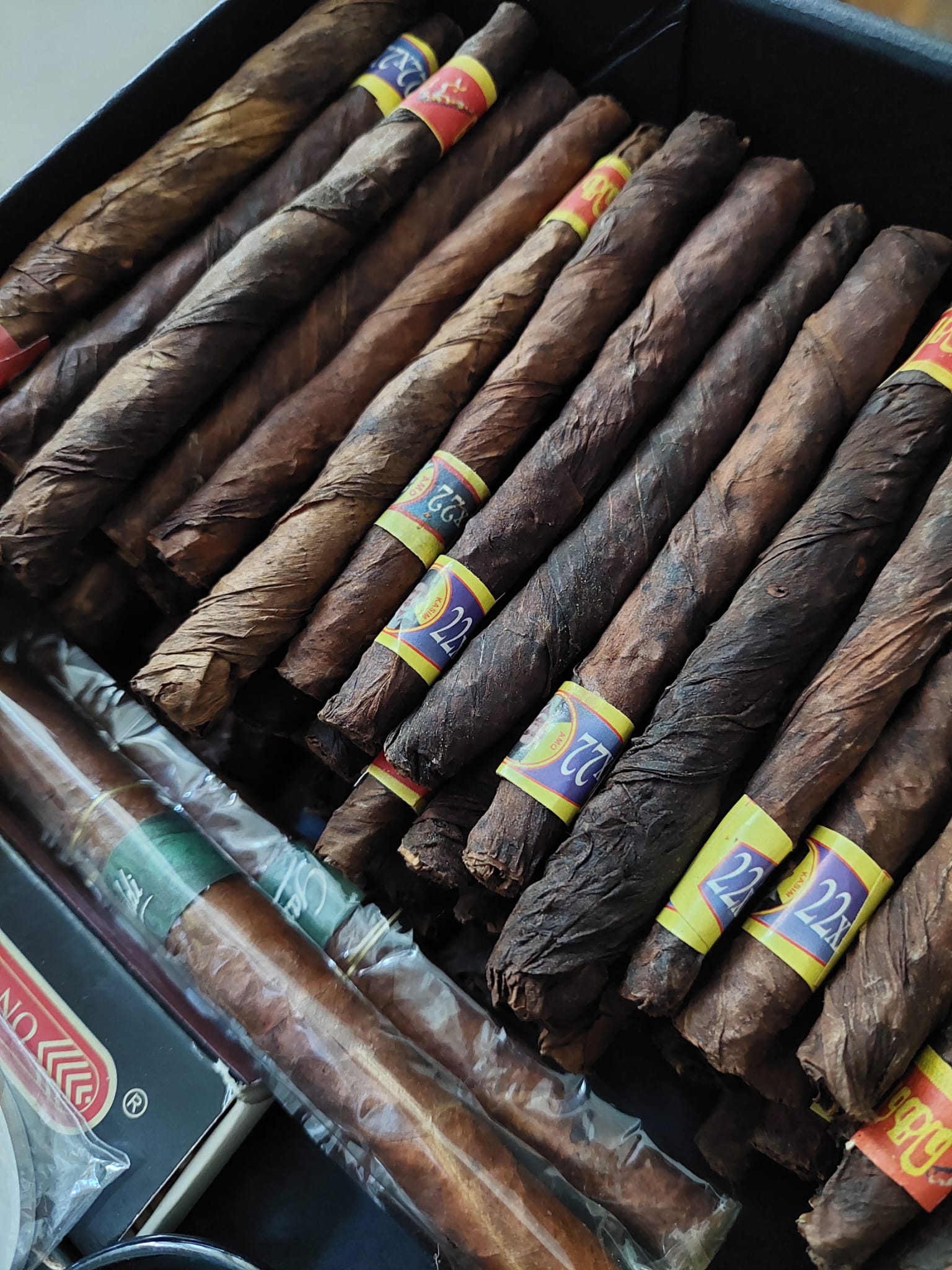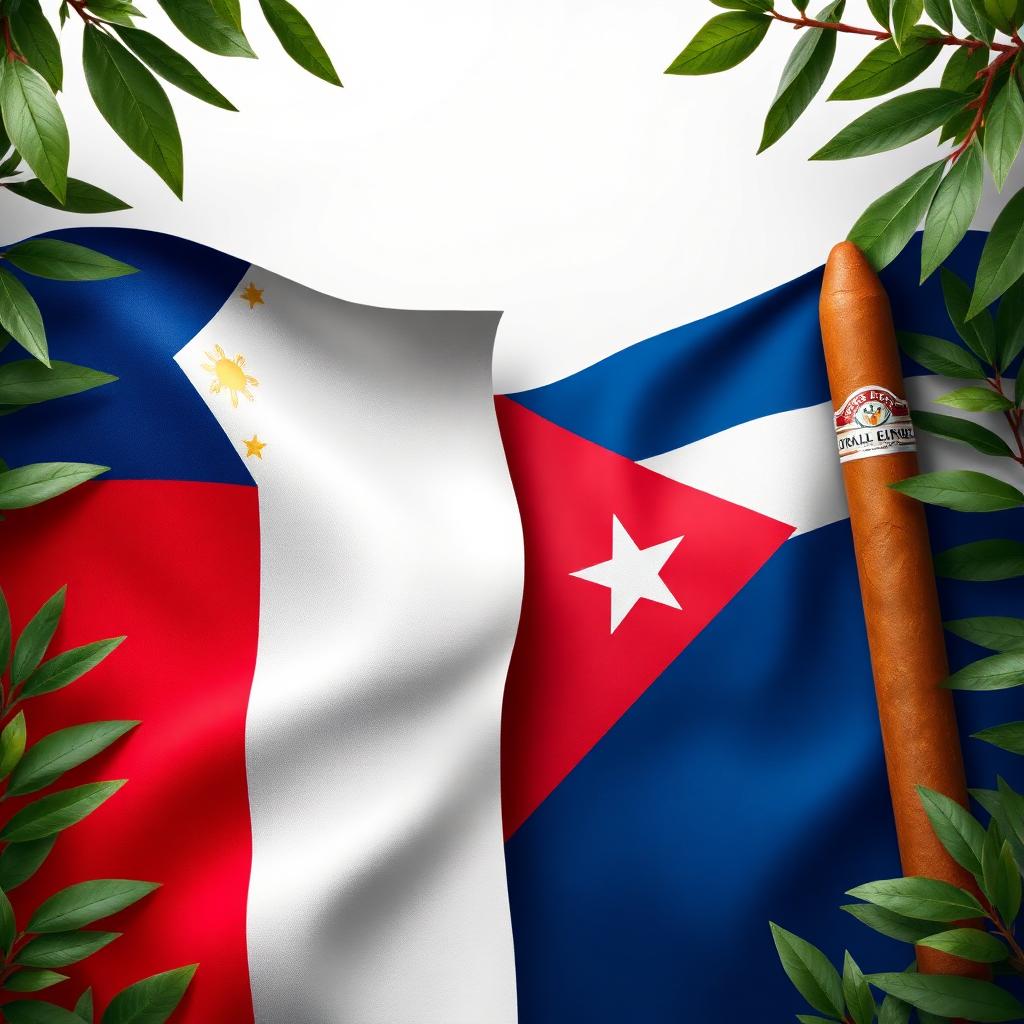Jake Saunders, Editor
The Sacred Smoke: Cigar Rituals of the Incas and Mayas — A Timeless Bond Between Man, Fire, and Spirit
For thousands of years, tobacco has held a sacred place in the spiritual and social life of pre-Columbian civilizations. Among the Incas and the Mayas, smoking was not merely an act of pleasure—it was a ritual, a bridge between man and the divine, and a symbol of mastery over fire, one of the most revered elements of life. Long before cigars became icons of luxury and contemplation, they were instruments of prayer, communication, and transformation.
The Divine Origins of Tobacco
Both the Inca and Maya civilizations viewed tobacco as a sacred plant—a divine gift meant to cleanse the body and open the soul. In Maya mythology, tobacco was believed to have been brought to humans by the gods themselves. It was used in ceremonies to invoke deities, communicate with ancestors, and protect warriors before battle. The Incas, too, integrated tobacco into their rituals, often burning it as incense to carry prayers to the heavens.
For these civilizations, the act of smoking—whether through a rolled leaf, a pipe, or a ceremonial cigar—was never casual. The rising smoke symbolized the soul’s connection to the spirit world, its ascent through fire toward the realm of the gods. To smoke was to commune with creation itself.
Fire: The Element of Transformation
Fire was central to both Inca and Maya cosmology. It represented power, renewal, and the boundary between the physical and the spiritual. To light tobacco was to awaken its spirit through fire—transforming leaf into smoke, and matter into essence. The process itself was a metaphor for human life: born of earth, tested by fire, and finally released into air and spirit.
Men, as keepers of fire in ancient societies, played a key role in this ritual. Lighting a cigar or pipe was a symbolic assertion of mastery—not domination over nature, but alignment with its forces. The flame was a living presence, one that demanded respect. Sharing fire among men, or from elder to initiate, was a transmission of wisdom, a rite of passage that reaffirmed communal bonds and masculine identity.
Cigars as Instruments of Reflection and Connection
In the Mayan world, tobacco smoke was believed to purify the surroundings and focus the mind. Shamans would inhale and exhale smoke in rhythmic patterns during ceremonies, guiding their consciousness into higher realms. Among the Incas, tobacco was sometimes mixed with other herbs to induce states of spiritual clarity, aiding in divination or healing.
Over time, the practice evolved. What was once sacred ritual became a social custom, yet its essence endured. When a man lights a cigar today, often in a moment of reflection or after a triumph, he unconsciously participates in this ancient lineage. The ritual remains intact—the spark, the inhale, the quiet exhale—all echoing a dialogue between man, fire, and the mysteries of life.
From Sacred Fire to Modern Symbolism
Though centuries have passed, the symbolic language of cigars persists. The act of lighting one after an achievement, or sharing one among friends, still carries the primal essence of ceremony. The cigar, like fire, commands patience and reverence. It asks its bearer to slow down, to reflect, to respect time and transformation.
In this way, the modern cigar smoker reenacts an ancient ritual. The glowing ember becomes a small sun—a reminder of the divine spark that ancient civilizations sought to honor. And as the smoke curls upward, one can almost imagine the Maya priest or Inca shaman doing the same, their prayers and thoughts carried by the same ethereal thread.
The Eternal Flame
The ritual of smoking cigars connects humanity across centuries and civilizations. It is more than a habit; it is heritage. In the relationship between man, fire, and smoke lies a story of communion—between the earthly and the divine, the individual and the cosmos. The Incas and the Mayas understood this bond deeply. And today, every time a cigar is lit, that sacred connection flickers back to life, glowing softly in the heart of the flame.



